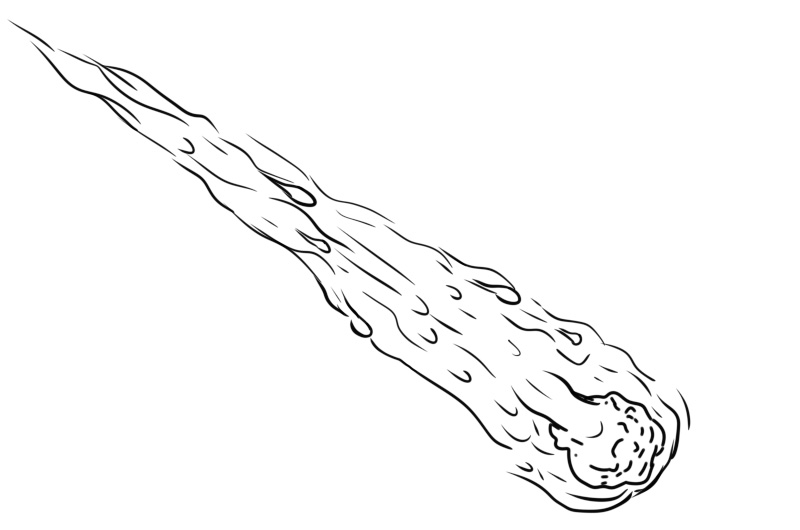What is a meteorite? Have you ever seen one fall? At what speed do meteorites travel? Did you know that there is a difference between a meteorite and a meteoroid? Join me as we discuss meteorites in detail.
LEARNING OBJECTIVES
By the end of this topic, you are expected to,
A meteorite refers to a solid piece of debris from an object like a meteoroid, an asteroid or a comet, originating from outer space and survives its way through the atmosphere and reach the surface of the moon or a planet. When this object enters the atmosphere, several factors like chemical interactions, pressure and friction with the atmospheric gases cause the object to heat up thus radiating energy. It then forms a fireball and becomes a meteor which is also referred to as a falling star or a shooting star. Bolides is the name given by astronomers to the brightest examples of shooting stars. Meteorites are of different sizes. Geologists consider a bolide to be a meteorite large enough to cause an impact crater.

Meteorites that are recovered after being observed passing through the atmosphere and land on Earth are known as meteorite falls. All the other meteorites are called meteorite finds. As of the year 2018, there were approximately 59 200 documented meteorite finds.
Meteorites are traditionally divided into three major categories;
Modern classification divides meteorites into groups on the basis of their structure, mineralogy, isotopic and chemical composition. Meteorites that are smaller than 2mm are known as micrometeorites. Extraterrestrial meteorites refer to meteorites that have impacted other bodies in space.
NAMING
The naming of meteorites is based on the places that they were found. In some cases, where more than one meteorite is found, the name is followed by a letter or a number, for example, Dimmitt (b).
FALL PHENOMENA
A majority of meteoroids disintegrate when entering the atmosphere of the Earth. Normally, 5 to 10 meteoroids are observed to fall per year which is then recovered and made known to scientists. A few meteorites are large enough to the extent that they can create large impact craters.
Large meteoroids can strike the earth with a big fraction of their escape velocity thus leaving a hypervelocity impact crater.
METEORITE TYPES
A big number of meteorites are stony meteorites that are classed as achondrites and chondrites. Only approximately 6% of the meteorites are iron meteorites or a blend of metal and rock. Modern classification is very complex.